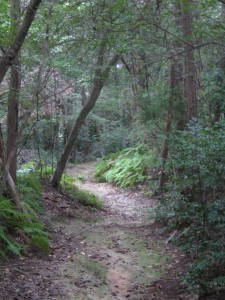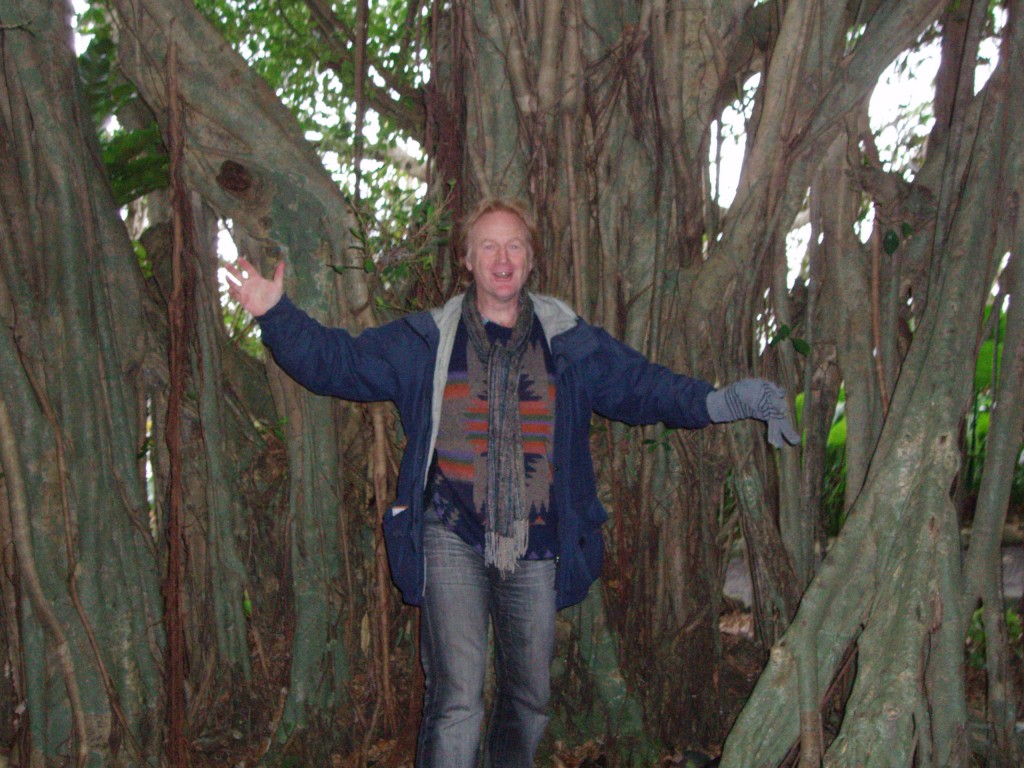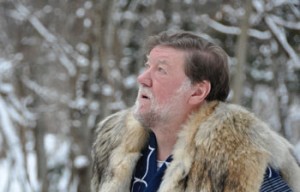In an inspirational article in the Japan Times, Welsh-born C.W. Nicol, now a leading Japanese conservationist, talks of the spiritual strength he derives from the country’s woodlands. Below is an extract… (the full article can be seen here.)
************************************************************************
It’s reckoned that 67 percent of the country is covered in trees, most of which are neglected, secondary-growth mixed woodland or single-species plantations of conifers — and here in Nagano Prefecture [Nicol lives near Kurohime] it’s almost 80 percent woodland and forest. Yet despite such abundance, Japan imports 80 percent of its lumber and employs only 50,000 people in the forestry business…
Speaking of great unknowns, though I was raised as a Christian and enjoyed singing carols in the church choir as a boy, I feel no deep sense of reverence in a church, a cathedral or a Buddhist temple. I’ve never been inside a mosque, so I don’t know about that. However, in a great, ancient forest, I feel a deep sense of awe and wonder. In our woodlands I feel gratitude and a confirmation of life.
I’ve spent a lot of time with the Canadian Inuit, and learned more from their elders than I ever have from any vicar, bishop, preacher or priest. So when I first heard about Ainu beliefs from the great Ainu leader and linguist Shigeru Kayano (1926-2006), Inuit chords were strummed in my heart. I felt that here in Japan, there also still lived a vibrant and genuine respect and reverence for sustaining nature.
Twenty-five years ago, on a freezing winter day in Hokkaido, I sat around a fire outside going through an Ainu ritual with a group of elders who had urged me to take part. Not long after, a photograph of us all garbed in Ainu robes and headdresses appeared in The Japan Times — with a caption indicating that I was one of the Ainu elders. Oh, how my head swelled! I was proud.

Woods were mankind's earliest temple
In traveling many times to Hokkaido, and having made several documentaries there, I have taken part in many Ainu rituals. However, it was particularly special for me when, at his home in Nibutani on Jan. 17, 2006, Shigeru Kayano declared that I was an “honorary Ainu,” and handed me an Ainu kimono his wife — who’d prepared a delicious venison stew — had made and embroidered for me.
It was the last time I would meet and talk and laugh with that wonderful elder. In the evening, when I gave a public lecture, the Kayano family told me to wear the kimono, and ever since I’ve started going into our woods on New Year’s Day, I’ve worn it. With the kimono I remember him.
I never forget that the woods, the streams, the lakes, the shores and all life are a part of us and that we are a part of them. This is, as far as I am concerned, an indisputable truth. Therefore, are we to be a healthy, renewing part of the body of life — or a cancer destroying it?
The choice must be made by each and every one of us. The planet itself is not endangered; Earth has gone through many trials before and has immense time on its side. But we humans, and everything altered or created by us, could easily wither and vanish. Let’s not keep on doing the same old things, challenging and presenting futile barriers to nature. Let this Year of the Dragon be the year of a happy dragon, not a rejected and angry one.

Celebrating the awesomeness of trees on the island of Yakushima, whose ancient woods inspired the spiritual content of Miyazaki Hayao's animated film Princess Mononoke


Leave a Reply